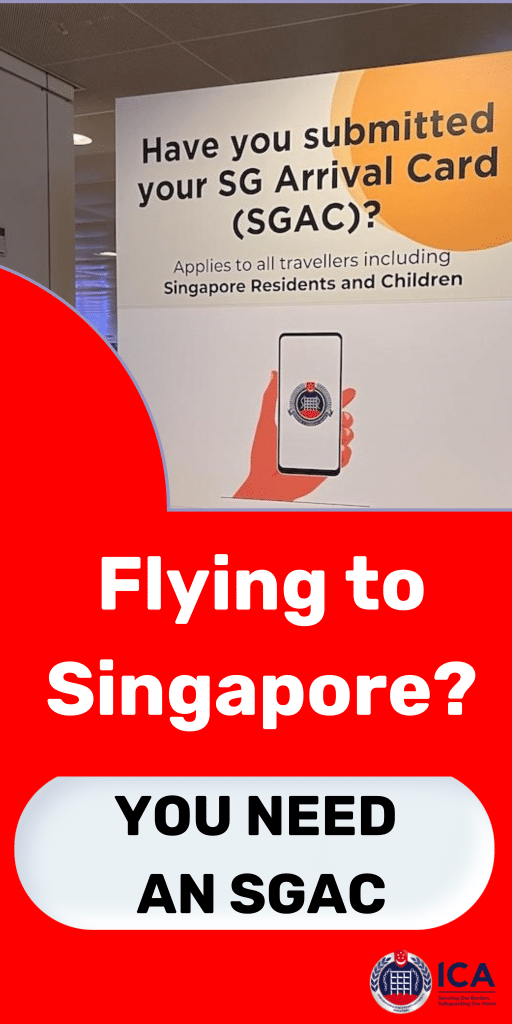After over 150 years of operations, the Singapore Turf Club (STC) ceased horse racing and closed its iconic Bukit Timah clubhouse in 1999 before being dissolved in 2001. As Singapore’s last horseracing operator, the STC’s closure marked the end of an era.
What led to the demise of this venerable social and sporting institution?
Background of the Singapore Turf Club
Founded in 1842, the STC was Singapore’s oldest and largest horse racing club. It organized premium races like the Singapore Derby, Queen Elizabeth II Cup and Raffles Cup. Race days were major social events. The club also contributed to many welfare causes over the decades. But by the 1990s, its popularity and relevance had declined.
Land Scarcity Pressures
As Singapore became more built up, the massive 250-acre Bukit Timah site occupied by the STC was increasingly at odds with optimal land use:
- Located near the city center, the huge tract of land was deemed underutilized for leisure pursuits like horse racing.
- With limited land, the opportunity cost of the STC site became substantial given competing needs for housing and commercial development.
- Redevelopment pressures escalated as Singapore entered the new millennium seeking to enhance urban planning and land optimization.
- As Bukit Timah became enveloped by the metropolis, the noise, traffic and pollution generated by horseracing also irritated residents living nearby.
Loss of Exclusivity
The STC lost its exclusive franchise to manage horseracing and gaming operations when the Totalisator Board took over rival operator Bukit Turf Club in 1992:
- The emergence of a second operator diluted horse ownership, betting revenue and talent.
- Having to share racing infrastructure with a rival club undermined the STC’s stature as Singapore’s premier racing club.
- With declining horse ownerships and field sizes, STC could not sustain a compelling roster of premium races.
Gambling Competition
Legalization of the TOTO lottery from Singapore Pools in 1968 gave the STC its first major competing gambling option. This eroded STC’s betting revenue base over the long run.
By the 1990s, Singapore Pools had grown to become a ubiquitous nationwide gambling platform through its outlet network. Its convenience and game offerings overshadowed racing bets.
The proliferation of casino gambling in neighboring countries like Malaysia and cruise ships docking in Singapore also ate into wagering dollars.
Societal Changes
- As Singapore modernized into an affluent urban society, horseracing’s upper class elitist image fell out of sync with the national culture.
- Singaporeans had many new lifestyle options from arts to sports that rivaled horseracing for discretionary time and spending.
- Strong economic growth and high costs weakened interest in horseracing as either a leisure pastime or gambling opportunity.
- With small families the norm, the new generations did not adopt their parents’ old racing pastimes and social circles.
Lack of Government Support
The STC did not receive state support or preferential treatment to preserve its racing operations, unlike in some other countries:
- The government adopted a free market approach rather than artificially prop up a sunset industry.
- Racing and gambling did not get state promotion or subsidies given Singapore’s pragmatic nanny state policies.
- The enormity of the Bukit Timah site made redevelopment too attractive for public housing and offices.
Final Factor – Inevitable Obsolescence
Ultimately, Singapore modernized and changed faster than the STC could adapt its membership model, race quality and cultural perception to retain appeal:
- Compared to exciting new attractions, horseracing seemed archaic and destined for decline.
- The next generation simply did not share the preceding generations’ nostalgia for racing as a fashionable activity.
- Its function as a gambling platform was replicated by contemporary lotteries and casinos with easier access.
- For the STC, its legacy grandeur and cultural role had diminished irreversibly by the late 1990s.
In summary, evolving land pressures, alternative gambling options, unsupportive demographics and socio-cultural changes rendered the Singapore Turf Club economically unviable. While the closure was the end of an era, Singapore had simply outgrown horseracing’s relevance.

Goh Jun Cheng is the chief staff writer for SingaporeAirport.com. Jun Cheng graduated with a degree in journalism from Nanyang Technological University in Singapore.
He has over 5 years of experience writing about aviation, tourism, and lifestyle topics relevant to locals and visitors in Singapore. His articles provide insights into the rich culture, cuisine, and attractions of Singapore. Jun Cheng is an avid traveler who has visited over 15 countries.
When he is not writing or traveling, he enjoys photography, trying new foods, and hiking. As a longtime Singapore resident, Jun Cheng is passionate about sharing hidden gems and perspectives about his home country.




